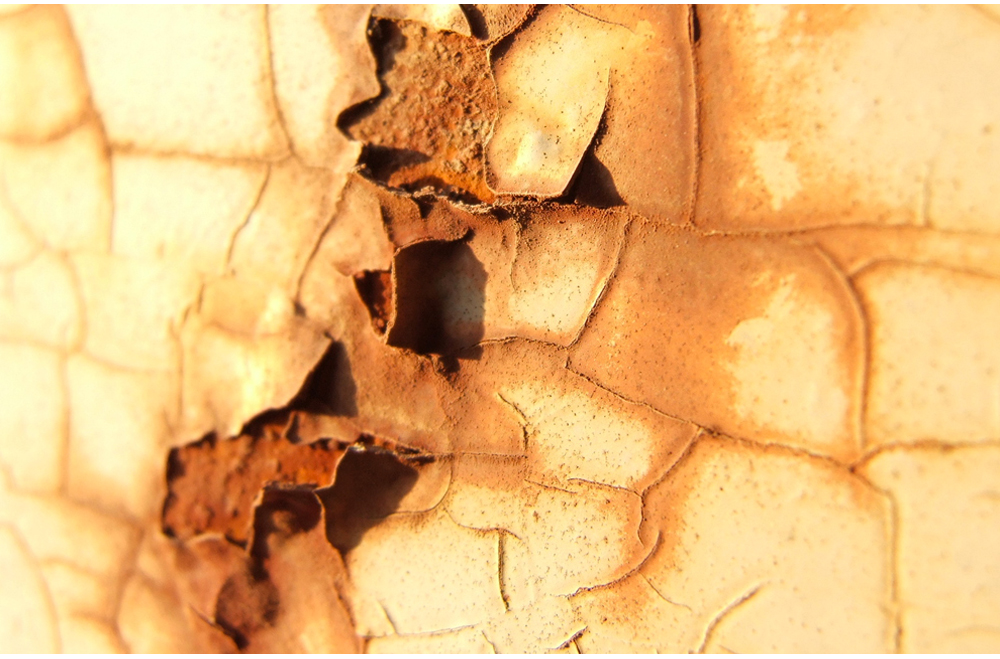Antioxidants: where to find them?

Present in many foods but also in our body, antioxidants are very numerous. There are several thousand compounds. There are so many that we do not yet know them all today. Their essential function is to protect our body against free radicals, which are responsible for cell aging and prevent many diseases.
A great deal of research has been carried out in recent years to highlight the mode of intervention and the particularities of some of them. We present the main ones.
Vitamin C
It is a powerful antioxidant. She works with vitamin E and the enzyme glutathione peroxidase to stop chain reactions of free radicals.
• Recommended daily intake: 110 mg daily for a healthy adult.
• Vegetarian food sources: fresh fruits and vegetables are rich in vitamin C. Lemon, kiwi, orange, grapefruit, tangerine, papaya, melon, strawberry, redcurrant, green leafy vegetables, red and green peppers, cabbage...
Vitamin E
It prevents free radicals from attacking cell membrane fat and oxidizing vitamin A.
It plays a preventive role in the development of cancers and on aging. This vitamin would limit the harmful effects of cholesterol and thus prevent arteriosclerosis.
• Recommended daily intakes: 12 mg per day for a healthy adult.
• Vegetarian food sources: vitamin E is found in vegetable oils mainly wheat germ oil and sunflower. Olive, peanut, safflower, sesame, corn and soybean oils are also good sources as well as cereals, oleaginous fruits and seeds.
Beta carotene (the precursor of vitamin A)
It is an antioxidant, which is also involved in night vision, growth, cell differentiation and reproduction.
• Recommended daily intake: 800 SDE per day for men and 600 SDE per day for women.
• Vegetarian food sources: beta-carotene is found in abundance in yellow, orange, red and dark green fruits and vegetables.
Selenium
It is used in the composition of glutathione peroxidase. It protects the cells from oxidation and is necessary for the metabolism of iodine.
• Recommended daily intakes: 70 mg daily for men and 55 mg daily for women.
• Vegetarian food sources: eggs, cheese, yeast, whole grains, oleaginous fruits (mainly Brazil nuts), seeds ...
Zinc
It is essential for the synthesis of DNA, proteins, insulin and sperm as well as for the metabolism of polyunsaturated fatty acids. It is necessary for reproduction, growth, sexual maturation, healing, and protects against free radicals.
• Recommended daily intakes: 14 mg daily for vegetarian men and 12 mg daily for vegetarian women
• Vegetarian food sources: wheat germ, seeds, oleaginous fruits, cheeses, tofu, beans, vegetables, whole grains
Phyto-nutrients
These are neither vitamins nor minerals but are found naturally in foods of the vegetable kingdom.
They are not essential. The absence of them in our diet will not lead to death. However, they are important to our body especially in our day when we are exposed more than ever to sources of radicals. They have been discovered in recent years.
Numerous studies are being made about them and scientific articles are constantly being published. It is not easy to keep our knowledge up to date. Several hundred types of phyto-nutrients have already been discovered. They are known to be powerful antioxidants. They mainly protect against cancer, cardiovascular disease and premature aging. They also reduce the inflammatory response and increase our resistance to foreign bodies.
Here is the list of the most known
• Phenolic or polyphenol compounds.
• Flavonoids (anthocyanins, anthocynids, isoflavonoids, flavonoles, flavones). Sources: vegetables, fruits, green tea, soy, berries, cherries
• Phenolic acids (ferulic acid, caffeic acid, coumaric acid, ellagic acid, gallic acid). Sources: whole grains, berries, cherries, grapes, citrus fruits ...
• Tannins
• Catechins. Sources: lentils, beans, tea, grapes, wine ...
• Terpenes
• Carotenoids (beta carotene, alpha carotene, cryptoxanthin, zeaxanthin, lycopene, lutein). They give the orange color to carrots, peaches, mangoes but can also be found in green leafy vegetables.
• Limonoids (limonin, nomilin, d limonin). Source: citrus.
• Sulfur compounds.
• Organosulfur compounds.
• Allicin in garlic.
• Isothiocyanates.
• Sulforaphane in cruciferae.

Comments
Leave your comment